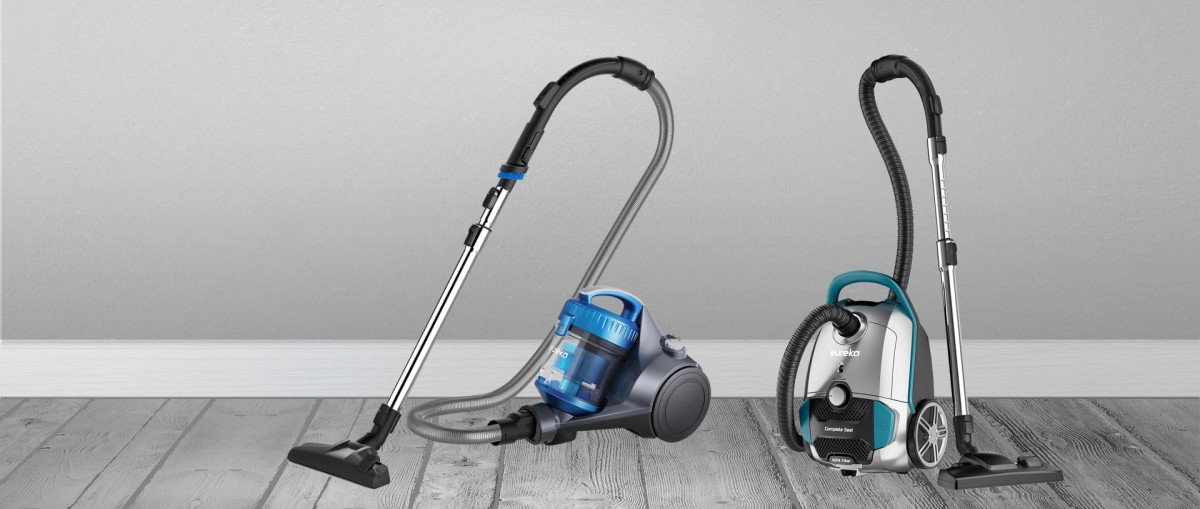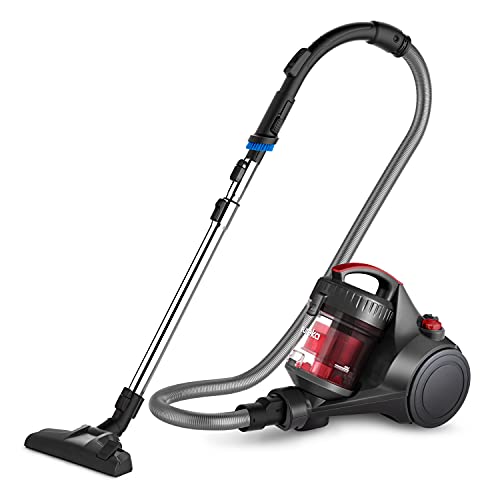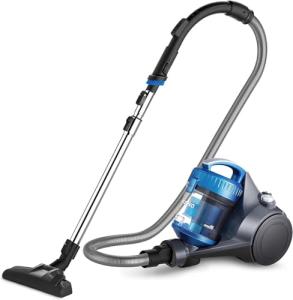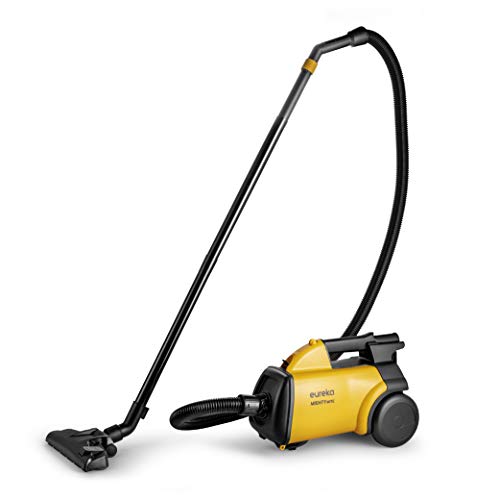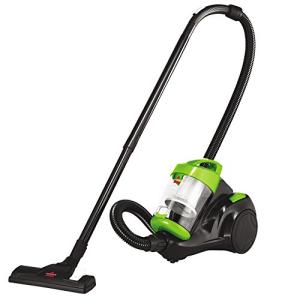Welcome to our article exploring the never-ending debate on bagged vs. bagless vacuums. If you're on the hunt for a new vacuum cleaner, you've likely come across this question more than once. Should you opt for a tried-and-true bagged vacuum or join the bagless revolution? We understand that choosing the right vacuum can feel overwhelming, so we're here to present the advantages and disadvantages of each, helping you make an informed decision.
Bagged vacuums have long been the traditional choice for many households. These vacuums rely on disposable bags to collect dirt and debris, which can then be easily removed and thrown away when full. One of the main advantages of bagged vacuums is that they tend to contain dust and allergens more effectively than bagless counterparts. This is due to the tightly sealed design of the bags, preventing any particles from escaping back into the air. If you or a family member suffers from allergies, a bagged vacuum may be the way to go.
On the other hand, bagless vacuums have gained popularity in recent years for their convenience and cost-effectiveness. Instead of disposable bags, these vacuums feature a collection container that needs to be emptied when full. The primary benefit of bagless vacuums is the money-saving aspect. Without the need to purchase new bags, you can save on recurring expenses. Bagless vacuums are also great if you're concerned about the environmental impact of disposable bags, as they are more eco-friendly.
Bagged Vacuums: A Traditional Approach to Cleaning
 Bagged vacuums have been a popular choice for decades when it comes to keeping our homes clean. These traditional cleaning tools have stood the test of time, proving their efficiency and reliability. While bagless vacuums have gained popularity in recent years, bagged vacuums continue to offer several advantages that make them a great option for many households.
Bagged vacuums have been a popular choice for decades when it comes to keeping our homes clean. These traditional cleaning tools have stood the test of time, proving their efficiency and reliability. While bagless vacuums have gained popularity in recent years, bagged vacuums continue to offer several advantages that make them a great option for many households.
One of the main benefits of bagged vacuums is their ability to effectively trap and contain dirt, dust, and debris. The bags are designed to capture and seal in the particles, preventing them from escaping back into the air. This is especially important for individuals with allergies or asthma, as bagged vacuums can significantly reduce the amount of allergens that circulate in the home.
Additionally, bagged vacuums tend to have a larger capacity than their bagless counterparts. This means that you can clean for longer periods without having to constantly empty the vacuum. The bags also make disposal easier and more hygienic, as you simply need to remove the full bag and replace it with a clean one.
Another advantage of bagged vacuums is that they generally require less maintenance. Unlike bagless vacuums which often require regular cleaning of the filters and canister, bagged vacuums only need the bag replaced when it is full. This saves time and ensures that the vacuum continues to perform optimally.
Bagless Vacuums: The New Era of Convenience
 When it comes to cleaning our homes, there's one chore that almost everyone dreads – vacuuming. However, thanks to modern technology, this once tiresome task has become much more convenient. Bagless vacuums have revolutionized the way we clean our homes, offering a range of benefits that make them the top choice for many households.
When it comes to cleaning our homes, there's one chore that almost everyone dreads – vacuuming. However, thanks to modern technology, this once tiresome task has become much more convenient. Bagless vacuums have revolutionized the way we clean our homes, offering a range of benefits that make them the top choice for many households.
One of the biggest advantages of bagless vacuums is their convenience. Gone are the days of struggling to find the right size and type of vacuum bag, only to realize you've run out when you need it the most. With bagless vacuums, you simply empty the dust canister when it's full, and you're good to go. This not only saves time but also eliminates the ongoing cost of purchasing replacement bags.
Another key benefit of bagless vacuums is their superior cleaning power. Traditional bagged vacuums often lose suction as the bag fills up, resulting in less effective cleaning. Bagless models, on the other hand, maintain their suction power until the canister is full. This ensures that every speck of dirt and dust is removed from your carpets and floors, leaving your home sparkling clean.
Additionally, bagless vacuums are environmentally friendly. By eliminating the need for disposable bags, they reduce waste and have a lower impact on the environment. This makes them a great choice for those who want to reduce their carbon footprint and live a more sustainable lifestyle.
Conclusion: Choosing the Right Vacuum for You
Deciding between a bagged or bagless vacuum can be a difficult one, but ultimately, it comes down to your personal preferences and cleaning needs. Both options have their advantages and disadvantages, so it is crucial to consider your lifestyle and priorities.
If you value convenience and ease of use, a bagless vacuum might be the perfect fit for you. With its transparent canister, you can easily see when it's time to empty it, eliminating the need for constantly checking and replacing bags. Bagless vacuums are also generally more cost-effective in the long run since you don't have to purchase replacement bags regularly.
However, if you have allergies or asthma, a bagged vacuum might be the better choice. Bagged vacuums trap dust and allergens more efficiently, preventing them from being released back into the air. Additionally, when it comes to emptying the vacuum, bagged options are less messy since the bag acts as a containment unit for dirt and debris.
Ultimately, the decision between bagged or bagless boils down to what matters most to you. Consider factors such as your budget, cleaning requirements, and health concerns. It's always a good idea to read reviews, compare prices, and even test different models before making a final call. Remember, the right vacuum cleaner will make the chore of cleaning your home much more manageable and enjoyable.
